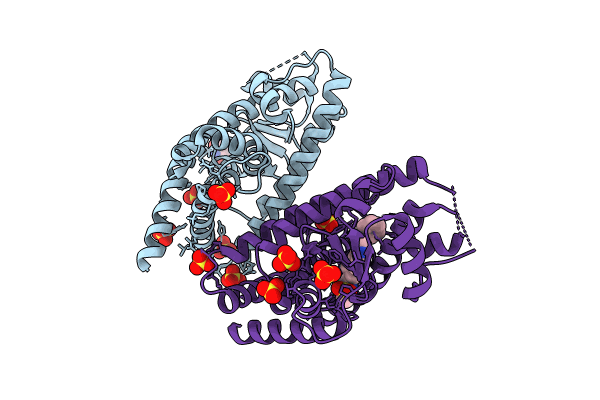
Deposition Date
2023-04-05
Release Date
2024-06-12
Last Version Date
2024-12-25
Method Details:
Experimental Method:
Resolution:
1.86 Å
R-Value Free:
0.24
R-Value Work:
0.21
R-Value Observed:
0.21
Space Group:
C 1 2 1


